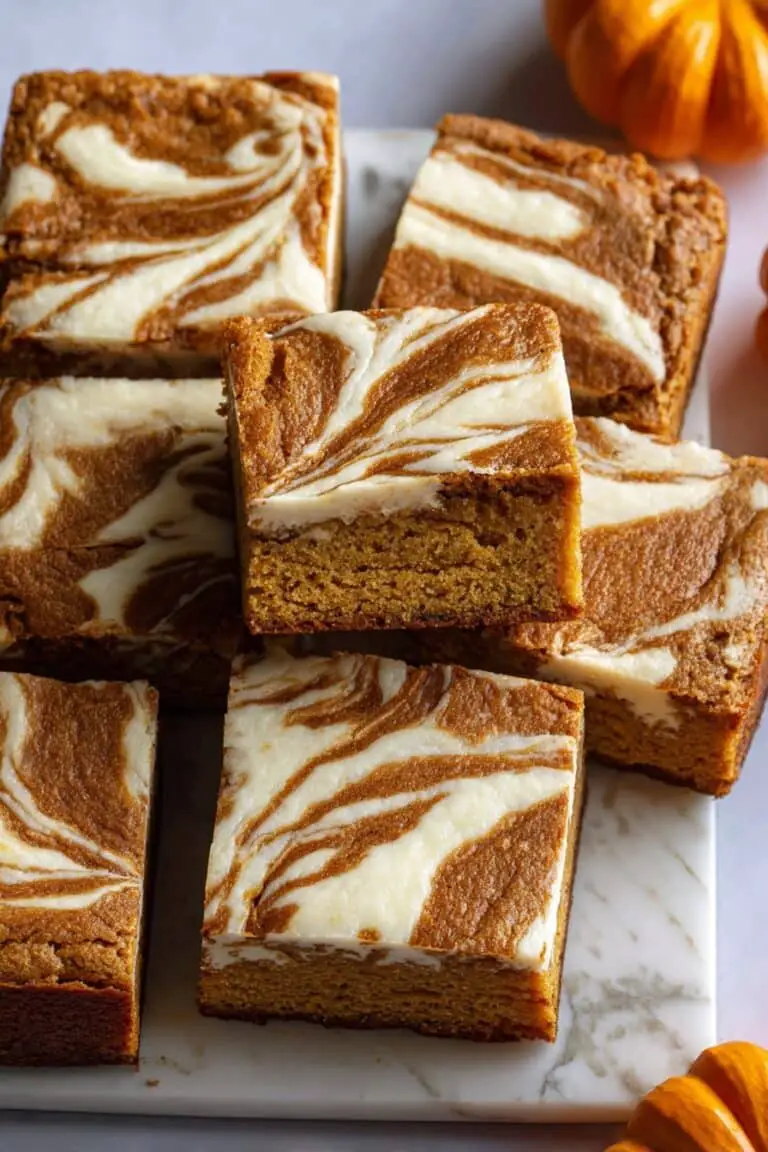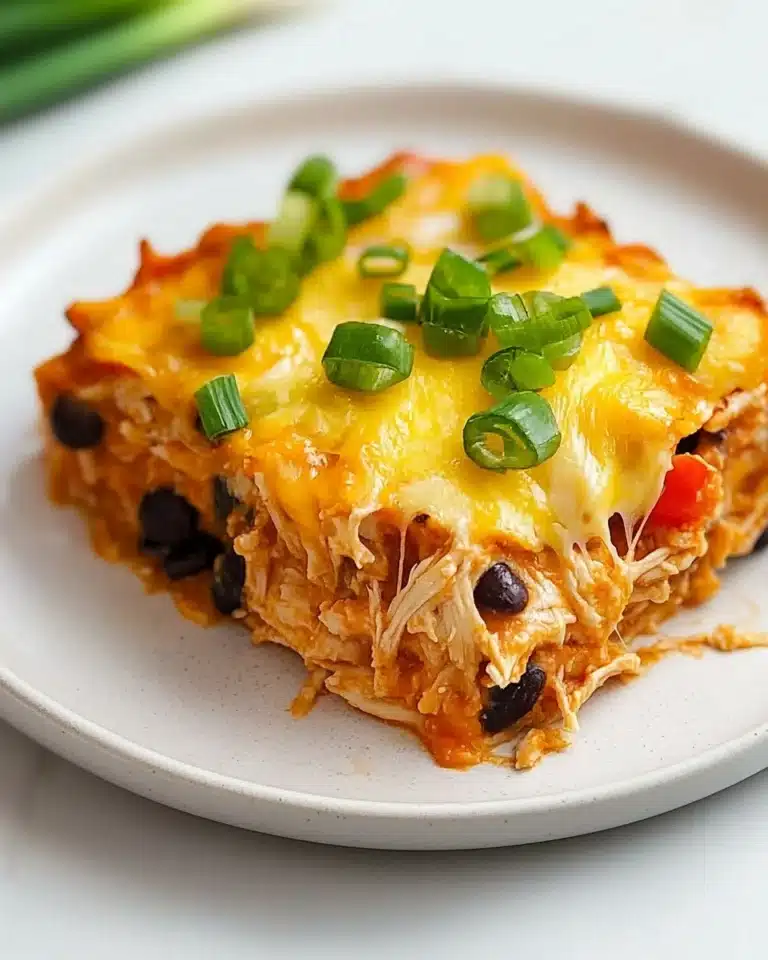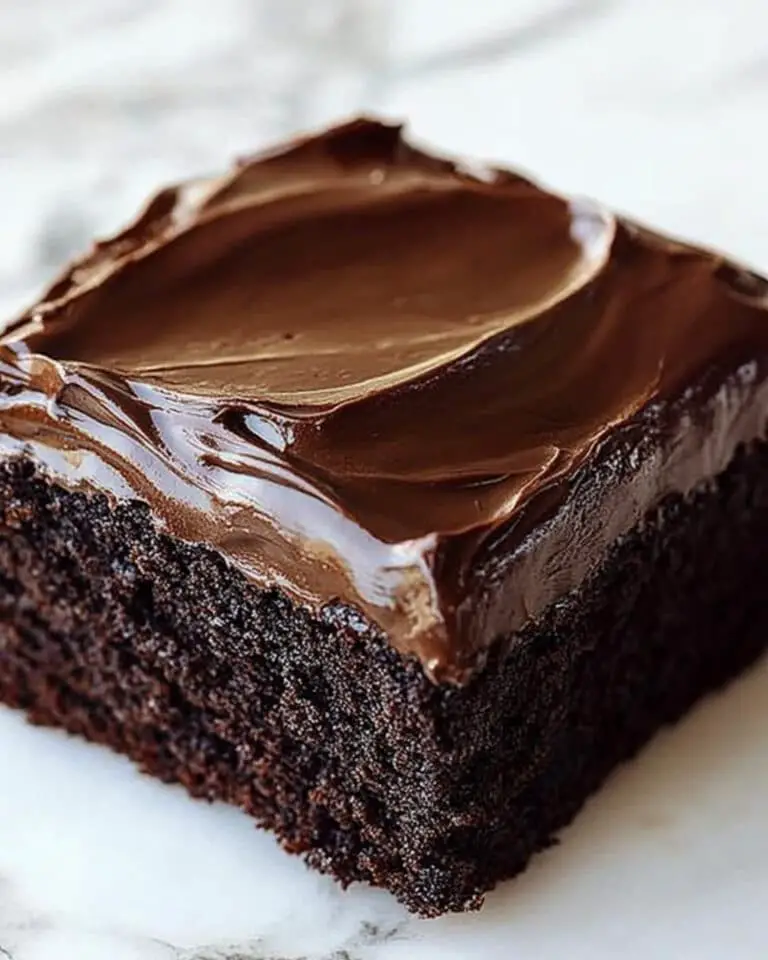If you’re looking for a game-changing dinner that feels fancy but comes together without fuss, you’ve just found it. This Miso Glazed Salmon Recipe is one of my absolute favorites because it’s bursting with incredible umami flavor, thanks to that rich miso glaze, and the salmon comes out perfectly tender every single time. Stick with me, and I’ll walk you through everything you need to nail this recipe effortlessly – it’s a total crowd-pleaser!
Why You’ll Love This Recipe
- Effortless Gourmet Flavor: The miso paste mixed with a simple glaze turns average salmon into something you’d expect at a high-end restaurant.
- Perfectly Tender Salmon: Marinating and baking with a broil finish locks in moisture and adds a subtle caramelized crust.
- Versatile and Quick: You can prep ahead or whip this up last minute when you want something impressive but speedy.
- Family Approved: I’ve watched picky eaters and grown-ups alike go crazy over this dish!
Ingredients You’ll Need
Choosing the right ingredients is key to getting that perfect flavor and texture in this miso glazed salmon. Each one complements the others beautifully — salty, sweet, tangy, and nutty all in one bite. Here are your essentials, along with some quick tips to get the most out of them.

- Salmon: I like using fresh, wild-caught salmon filets for the best texture and flavor.
- Miso Paste: Go for white or yellow miso for a milder sweetness that won’t overpower the fish.
- Soy Sauce: Use low-sodium if you’re watching salt intake, it still delivers the umami punch.
- Brown Sugar: Adds just the right touch of sweetness to balance the savory notes.
- Rice Vinegar: Gives a subtle zing that brightens the glaze.
- Sesame Oil: A little goes a long way—its nuttiness elevates the glaze beautifully.
- Green Onions and Sesame Seeds: These garnish choices add color, crunch, and extra flavor.
Variations
One of the joys of this miso glazed salmon recipe is how easy it is to tweak for your tastes or dietary needs. I love trying different twists depending on what I have on hand or the season – and you should too! Feel free to get creative here.
- Spicy Kick: Add a teaspoon of sriracha or a pinch of red pepper flakes to the glaze for a little heat – my husband loves it this way!
- Gluten-Free: Swap soy sauce for tamari to keep it safe but just as tasty.
- Herbaceous Touch: Mix in some finely chopped fresh ginger or a splash of lime juice to brighten things up.
- Cooking Method: I’ve enjoyed this both baked and grilled – grilling adds a smoky layer that’s delightful on summer nights.
How to Make Miso Glazed Salmon Recipe
Step 1: Season and Prepare Your Salmon
Start by patting your salmon filets dry with paper towels—this helps the glaze stick better. Then, lightly season both sides with salt and pepper. I usually keep it simple here because the miso glaze will add plenty of flavor, and you don’t want to oversalt.
Step 2: Whisk Together the Miso Glaze
In a small bowl, combine the miso paste, soy sauce, brown sugar, rice vinegar, and sesame oil. Whisk everything until it’s nice and smooth. Here’s a tip: Reserve about a tablespoon of this glaze before mixing it with the salmon—that last bit will be used later to brush on before broiling for a beautiful caramelized finish.
Step 3: Marinate the Salmon
Place the salmon in a medium bowl or shallow dish and pour the miso glaze over it. Gently toss to coat all sides evenly, then cover and refrigerate for at least 1 hour, ideally up to 3 hours. I learned that getting this resting time right really builds depth of flavor without overwhelming the delicate fish.
Step 4: Bake and Broil for Perfection
Preheat your oven to 375°F (190°C). Remove the salmon from the marinade and place it in a large, oven-safe skillet or baking dish. Discard any leftover marinade to avoid bitterness. Bake the salmon for 12 to 15 minutes until it’s just about cooked through and opaque. Then brush the reserved glaze on top and switch your oven to broil on high. Broil for 1 to 2 minutes until gorgeous and caramelized – watch this closely so it doesn’t burn. The internal temperature should hit 125-130°F for that perfectly tender center.
Pro Tips for Making Miso Glazed Salmon Recipe
- Marinate Time Matters: I used to skimp on marinating and found the flavor flat. Even an hour gives the salmon that deep miso punch everyone raves about.
- Watch the Broil Closely: Broiling caramelizes the glaze beautifully, but don’t walk away—you want golden, not burnt.
- Room Temperature Salmon: Let the salmon sit out for 10 minutes before cooking to help it cook evenly.
- Use an Instant-Read Thermometer: It’s the easiest way to avoid overcooking while ensuring juicy, tender salmon.
How to Serve Miso Glazed Salmon Recipe

Garnishes
I love adding chopped green onions and a sprinkle of toasted sesame seeds right before serving because they bring fresh color and a pleasant crunch that perfectly contrast the tender fish. Sometimes I throw on a small drizzle of sesame oil for an extra layer of aroma — it’s my little secret finishing touch.
Side Dishes
This salmon pairs amazingly with simple steamed jasmine rice or a bowl of fluffy quinoa to soak up all that glaze. Roasted or sautéed greens like bok choy or baby spinach balance the richness nicely. Oh, and a side of pickled cucumbers or a crunchy Asian slaw really adds a refreshing bite.
Creative Ways to Present
For special occasions, I’ve served this over a bed of silky coconut rice with sliced avocado fanned alongside. Adding edible flowers or thin lemon slices on top makes the plate pop. Another fun idea is serving it in individual bento boxes with assorted veggies and a drizzle of extra glaze on the side to impress guests.
Make Ahead and Storage
Storing Leftovers
If you have any leftovers (which might be rare!), store the salmon in an airtight container in the fridge. I’ve found it stays delicious up to 2 days later. Just keep the glaze fresh by adding a tiny bit more soy sauce or sesame oil when reheating.
Freezing
I’ve frozen marinated salmon before, but I recommend freezing the salmon plain and applying the glaze fresh when you’re ready to cook. This keeps the texture and flavor sharper after thawing.
Reheating
To reheat, pop the salmon in a 300°F oven for about 10 minutes covered loosely with foil to keep it moist. Avoid microwaving if you can; the oven method keeps the glaze intact and the fish flaky.
FAQs
-
Can I use this miso glaze on other types of fish?
Absolutely! While salmon is ideal because of its richness, this miso glaze works beautifully on flaky white fish like cod or halibut, and even on firm tuna steaks. Just adjust cooking times since thinner fish will cook faster.
-
How long can I marinate the salmon?
I recommend marinating for at least 1 hour but no longer than 3 hours. Longer than that, the miso’s saltiness can start to cure the fish, which may change the texture.
-
What if I don’t have miso paste on hand?
You can substitute with a mix of tahini and soy sauce for a different but still tasty glaze, although it won’t have quite the same umami depth. Otherwise, miso paste is worth picking up since it lasts long in the fridge and adds flavor to many dishes.
-
Is this recipe gluten-free?
The recipe is mostly gluten-free if you use tamari instead of regular soy sauce, which is typically wheat-based. Other ingredients like miso paste can vary, so always check labels or opt for gluten-free certified products.
Final Thoughts
I absolutely love how this Miso Glazed Salmon Recipe brings simple ingredients together for such a memorable dinner. It’s the kind of recipe you’ll turn to when you want to impress without a lot of stress—trust me, your friends and family will ask you for seconds! Give it a try this week, and let me know how it turns out in your kitchen. Once you get the hang of the glaze and the broil finish, this dish quickly becomes a staple at my table, and I’m sure it will in yours too.
Print
Miso Glazed Salmon Recipe
- Prep Time: 10 minutes
- Cook Time: 18 minutes
- Total Time: 2 hours 28 minutes
- Yield: 4 servings 1x
- Category: Main Course
- Method: Baking
- Cuisine: Japanese
- Diet: Low Fat
Description
This Miso Glazed Salmon recipe delivers a deliciously savory and slightly sweet flavor profile with a tender, flaky texture. Marinated in a blend of miso paste, soy sauce, brown sugar, rice vinegar, and sesame oil, the salmon bakes to perfection and finishes with a quick broil for a beautifully caramelized glaze. Garnished with chopped green onions and sesame seeds, this dish is perfect for an elegant weeknight dinner or special occasion.
Ingredients
Salmon
- 2 pounds salmon, sliced into four filets
- Salt and pepper, to taste
Marinade
- 1/4 cup miso paste
- 2 Tablespoons soy sauce
- 1 Tablespoon brown sugar
- 1 Tablespoon rice vinegar
- 1 teaspoon sesame oil
Garnish
- Chopped green onions
- Sesame seeds
Instructions
- Season the salmon: Lightly salt and pepper the 2 pounds of salmon filets evenly on both sides to enhance the natural flavor of the fish.
- Prepare the marinade: In a small bowl, whisk together 1/4 cup miso paste, 2 tablespoons soy sauce, 1 tablespoon brown sugar, 1 tablespoon rice vinegar, and 1 teaspoon sesame oil until the mixture is smooth. Set aside 1 tablespoon of this marinade for glazing later.
- Marinate the salmon: Place the salmon filets in a medium-sized bowl and pour the marinade over the fish. Toss gently to coat all sides and allow it to marinate for 1 to 3 hours in the refrigerator to absorb the flavors.
- Bake the salmon: Preheat your oven to 375°F (190°C). Place the salmon in a large oven-safe skillet or baking dish, discard the leftover marinade, and bake for 12 to 15 minutes or until the fish is almost fully cooked and opaque.
- Glaze and broil: Brush the reserved 1 tablespoon of marinade over the top of the fish. Switch your oven to broil on high and broil the salmon for 1 to 2 minutes until the fish reaches an internal temperature of 125-130°F and has a caramelized glaze on top.
- Garnish and serve: Remove from oven and sprinkle chopped green onions and sesame seeds on top for garnish. Serve immediately for best flavor and texture.
Notes
- Do not over-marinate the salmon as the miso paste can become overpowering; 1-3 hours is ideal.
- Use a meat thermometer to ensure the salmon is cooked to the perfect internal temperature of 125-130°F for a moist and tender texture.
- Broiling caramelizes the marinade to add a delightful finish, but watch carefully to avoid burning.
- Leftover glaze can be stored in the fridge for up to 2 days and used as a dipping sauce or drizzle for other dishes.
Nutrition
- Serving Size: 1 filet (approx. 8 oz)
- Calories: 350
- Sugar: 5g
- Sodium: 600mg
- Fat: 15g
- Saturated Fat: 2.5g
- Unsaturated Fat: 10g
- Trans Fat: 0g
- Carbohydrates: 8g
- Fiber: 0.5g
- Protein: 42g
- Cholesterol: 85mg









